Inside the mysterious Zulu medicine markets in South Africa’s vibrant city of Durban
Few tourists venture here, one of the most eye-opening places in the city of Durban. But if you do, you’ll be asked to put away your camera.
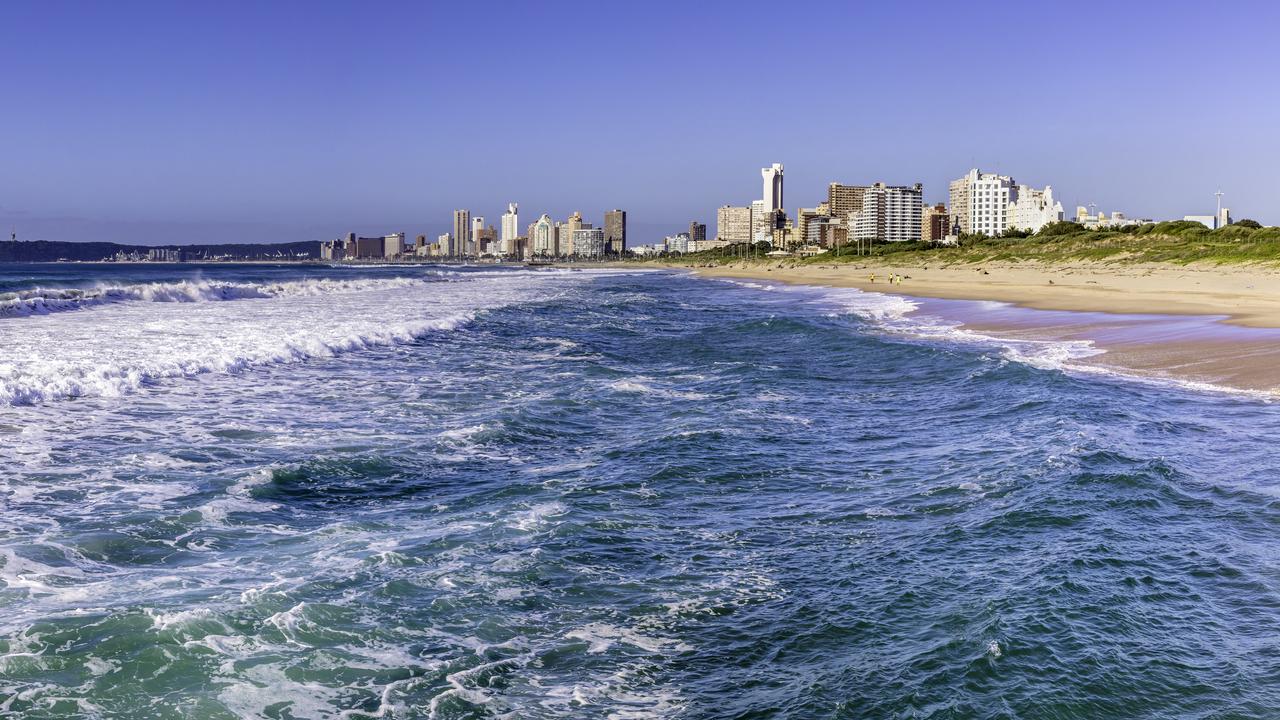
If you want to play it safe shopping for souvenirs in Durban, the South African beach city emerging as a rival to better-known Cape Town, you’ll go to Victoria Street Market.
The indoor market, which dates back a century, is where you’ll find African artwork and clothing, handcrafted jewellery and aromatic spices — a contribution of the city’s Indian community, who first came to Durban during Queen Victoria’s reign.
But just outside Victoria Street Market is another, less conventional place to shop that predates all of that: a market for locals, built on the traditions of their ancestors, where you’ll do best to avoid being a snap-happy tourist.

Durban’s muthi market is essentially a pharmacy where Durbanites stock up on muti: traditional Zulu medicine.
It’s a sprawling outdoor bazaar packed with herbs, brews and other concoctions to remedy all kinds of ailments, not only the physical kind but the spiritual and supernatural, too.
There is medicine to ease aching muscles as there is to banish evil spirits. Some special mixtures induce vomiting for detoxing, others bring good fortune to business owners and some enhance sexual performance.
Regular visits to the muti market is an essential part of traditional Zulu life, even here in modern, central Durban. And to visitors, these markets can seem a little curious.
As we wait to cross a busy road to reach the muthi market, our guide asks us to put away our phones and cameras.

We are given two reasons for this. One, the people selling muti know a good opportunity when they see one: If you want to take a picture, you have to pay. I take exactly one photo, of a herbalist flogging his wares in plastic bags and recycled Smirnoff bottles, after our guide pays him off.
The other reason appears to be because the traditional medicines prepared and sold here aren’t to everyone’s taste.
Much of the medicine is in the form of dried herbs, presented on plastic stall tables in big, bountiful bunches. Others are indigenous plants dried and ground into colourful powders.
But alongside botanicals, animal carcasses play a role in muti. The animal parts are often ground to a pulp to unleash the magical healing powers the Zulu ancestors swore by.
As we walk through the marketplace, we see dried bats hanging from market stalls and skulls of various creatures lined up on tables. Monkeys, vultures, antelopes, baboons, snakes and crocodiles are just some of the animals used in traditional healing. It’s a rare, riveting scene, but conscious of our guide's request, we put away our phones and cameras.
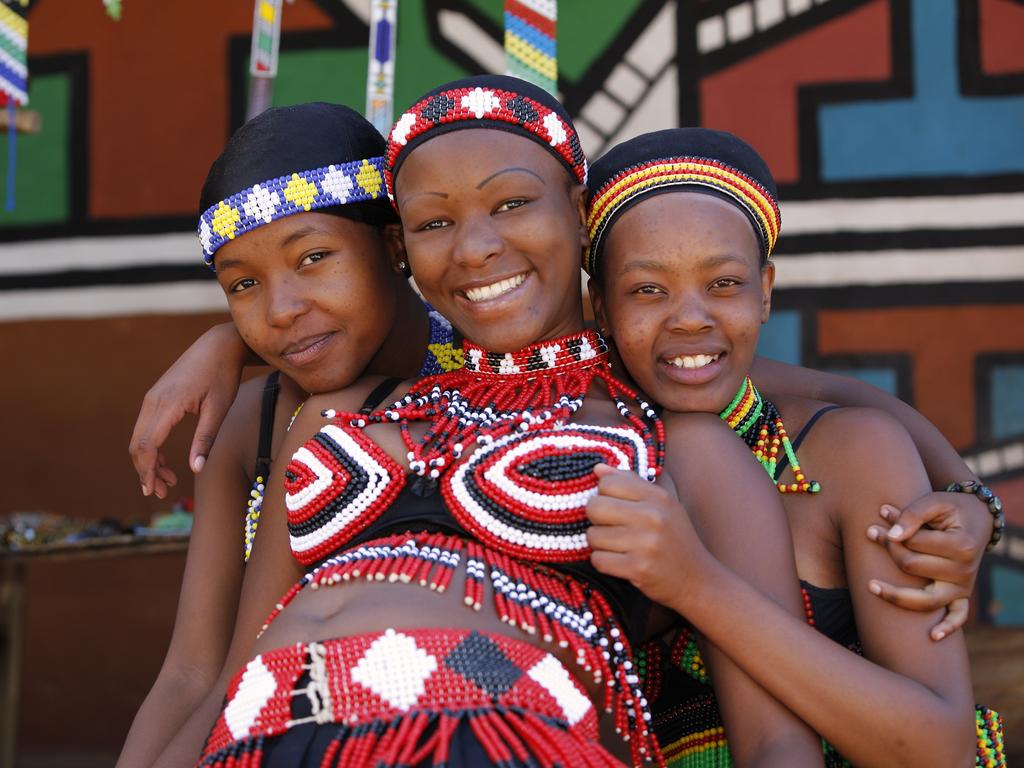
The market stalls essentially sell the medicines that are either brought home for self-administration — enema accessory kits are also sold aplenty here — or taken to one of the many makeshift doctor’s offices lining the perimeter of the markets.
There are different kinds of doctors in Zulu medicine: inyanga, who handle physical ailments, and sangoma, who deal with matters of spirit or fortune. Patients consult with the doctors who offer their diagnoses and sometimes administer the muti.
I’m not tempted to shop for souvenirs at the muthi market — not least because there’s no way customs will let me bring my organic purchases into Australia. But despite few photo souvenirs of the visit, the muthi market provides a fascinating glimpse into Zulu culture in Durban, the beating heart of South Africa’s KwaZulu-Natal province.
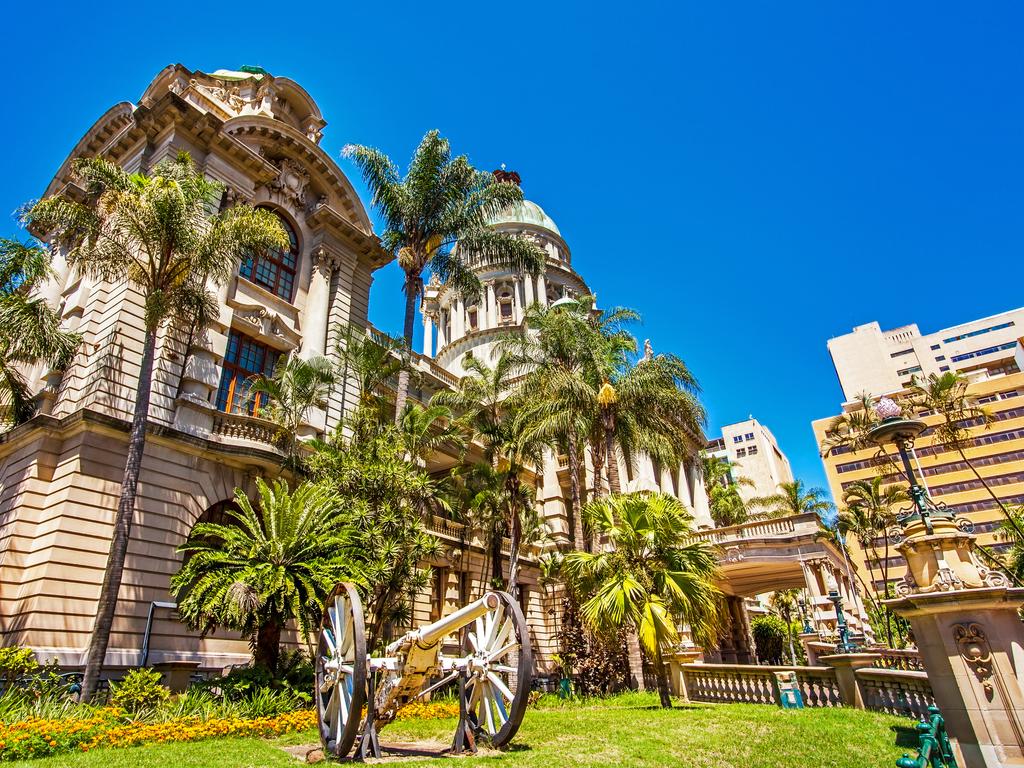
Durban’s Golden Mile of perfect coast, ideal surf and year-round warm weather has made it the number one domestic holiday destination in South Africa. To the growing number of international tourists discovering it, it’s a beguiling melting pot of cultures.
The local Indian community — the largest outside India — has left its indelible mark everywhere, from local cuisine and places of worship to sport and politics. Legacies of European colonisation remain — the city’s very name is taken from the British colonial administrator Benjamin D’Urban.
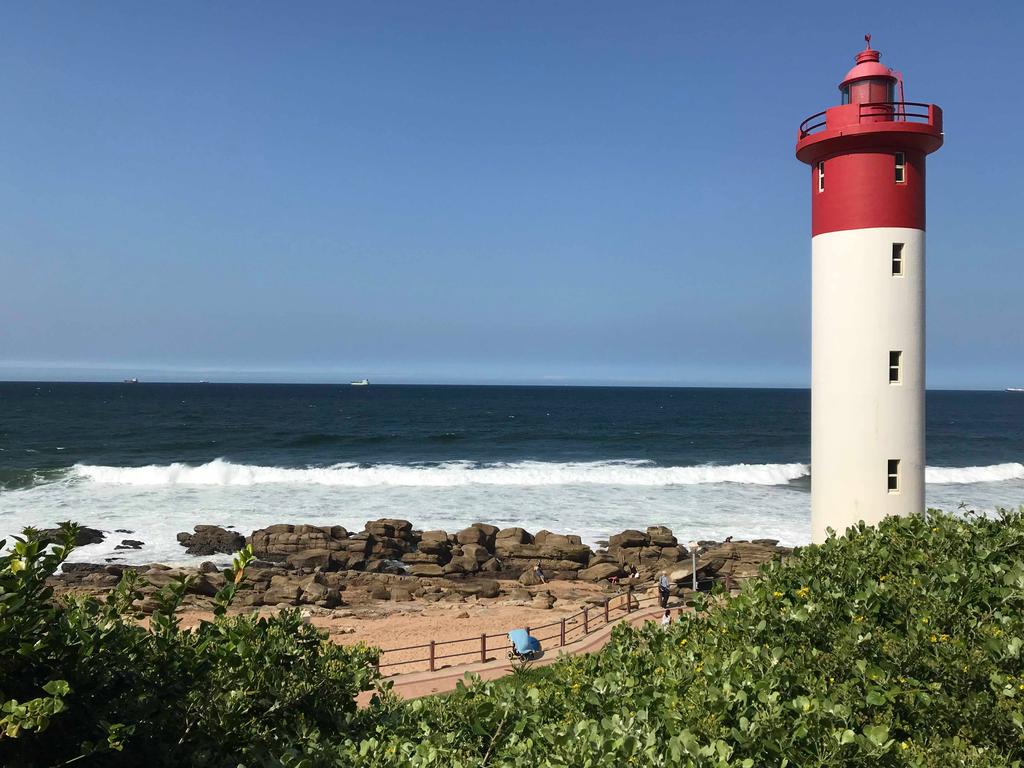
But there is no mistaking Durban’s Zulu heritage. Namesakes to the great Zulu monarch King Shaka are everywhere, from the international airport to uShaka Marine World, Durban’s answer to Sea World.
An hour outside the city at Phezulu Safari Park, overlooking the dramatically beautiful Valley of a Thousands Hills, locals perform Zulu dances for guests and take them on tours through traditional living quarters: beehive mud-brick huts. There’s a different purpose for every hut, from cooking to sleeping. And because of the polygamous practices of the Zulu, there is even a hut for every wife.

There’s plenty to learn and lots to behold in eclectic Durban. But if you’re keen for a wander through the medicine markets, you’ll just have to commit that part to memory.
TIPS FOR A TRIP TO DURBAN
EAT: South Africa is a meat-lover’s paradise, and spots like Butcher Block Steakhouse on bustling Florida Road serves up hearty dishes of steak, ribs and boerewors — traditional South African sausages. For an iconic Durban dish, go to House of Curries for bunny chow — curry served in a loaf of white bread. It’s like a next-level cob loaf (and does not include actual bunnies).
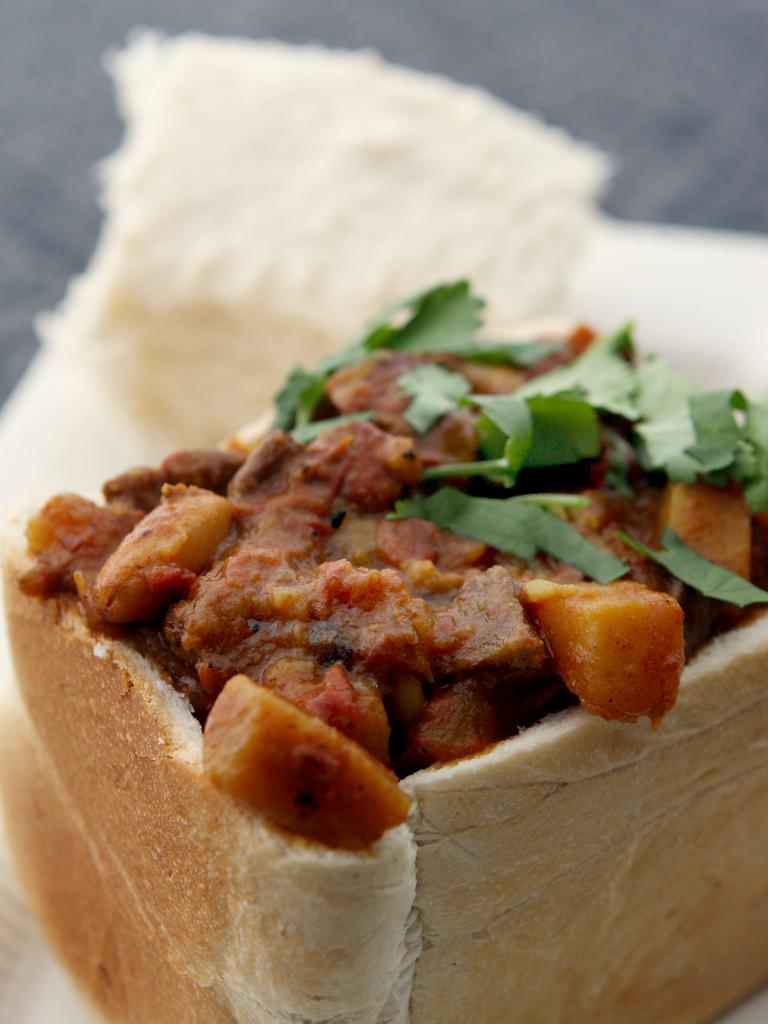
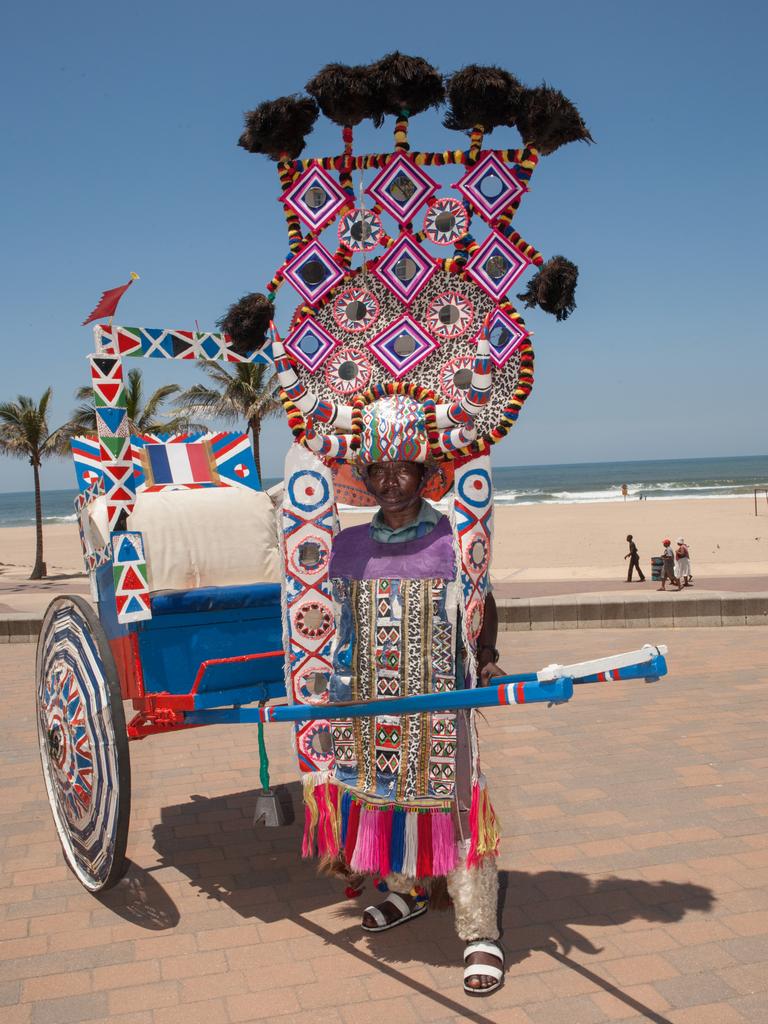
STAY: The Southern Sun Maharani in North Beach is an ideal place to stay: right on the waterfront, in the thick of the action, with sweeping views of the beach and the gardens and sand installations lining it. The hotel recently hosted the African tourism trade show Indaba, drawing industry types from across the continent, so you know it must be good.
PLAY: Spend a morning, an afternoon or an evening strolling along the Main Beach esplanade in affluent Umhlanga, taking in the view of the famous red-and-white lighthouse and the stunning Whalebone Pier. Come ready to take a dip — the water is pleasant all year round in Durban, thanks to the warmth of the Indian Ocean and Mozambique Current.
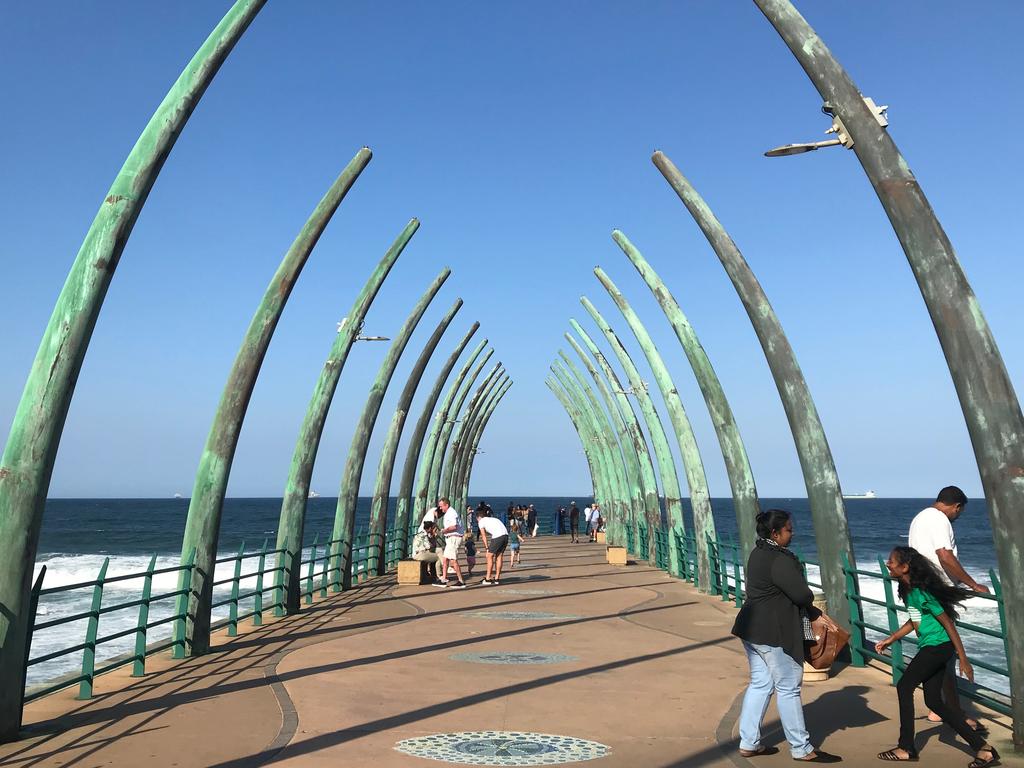
The writer travelled to Durban as a guest of South Africa Tourism




